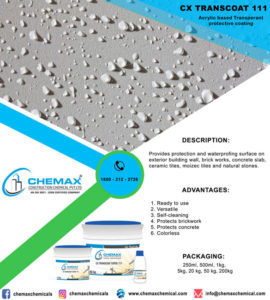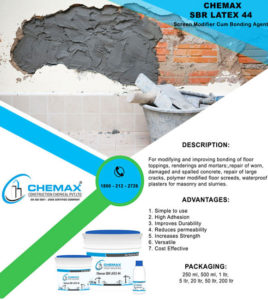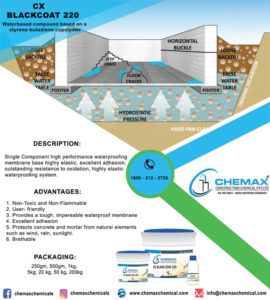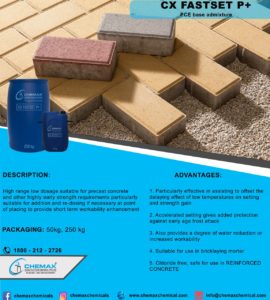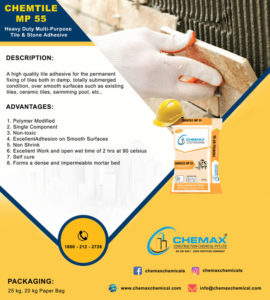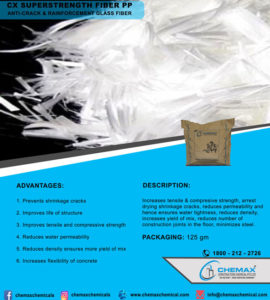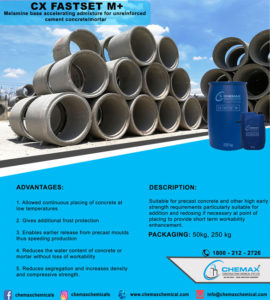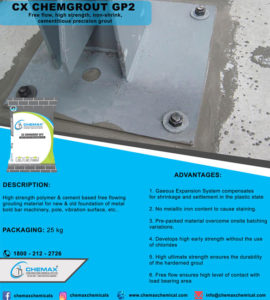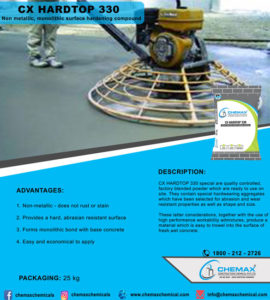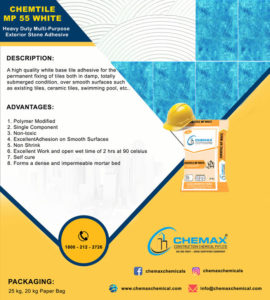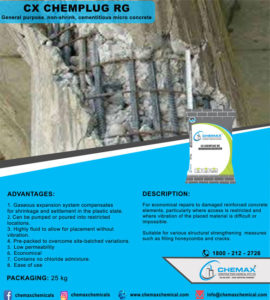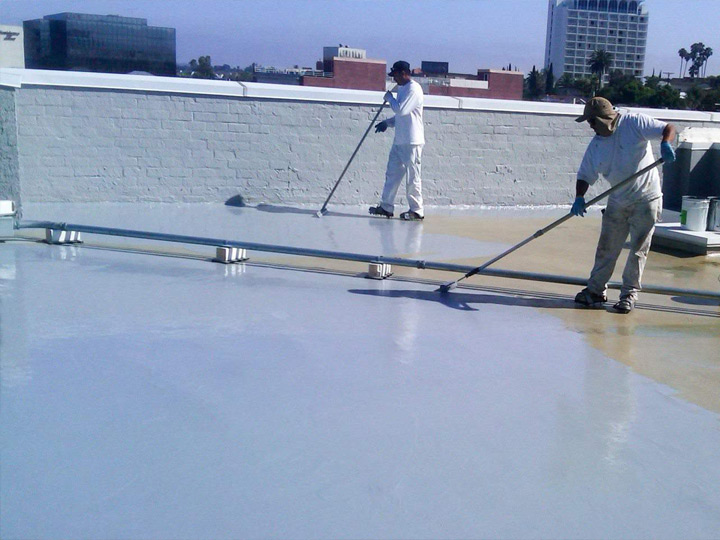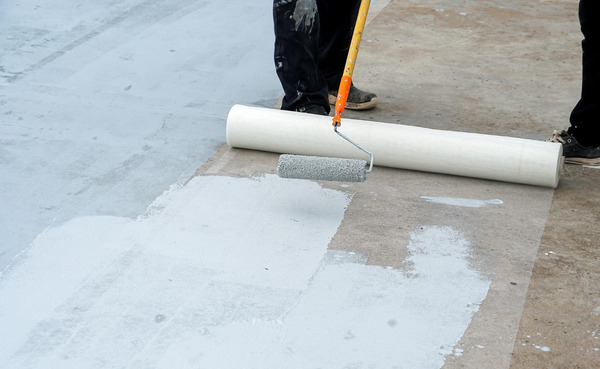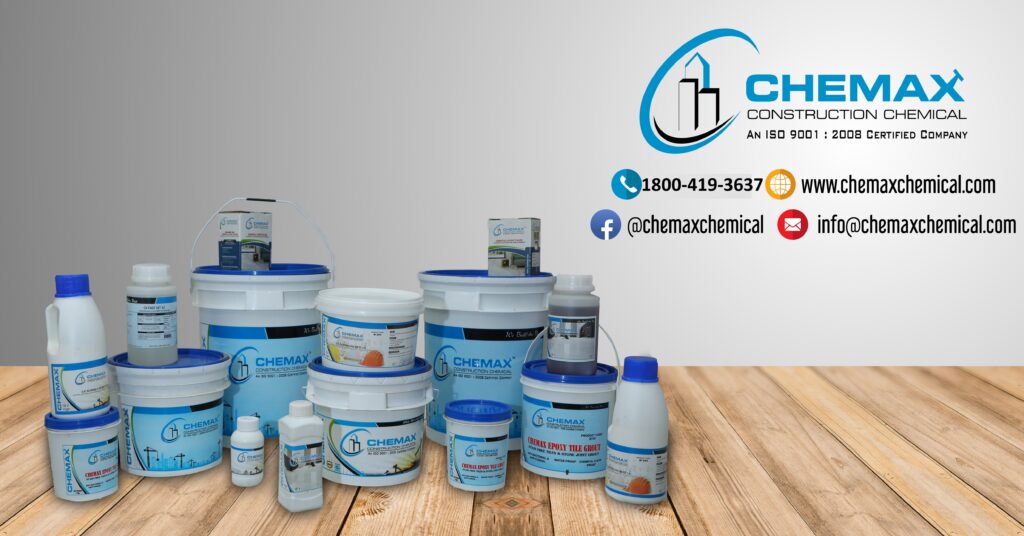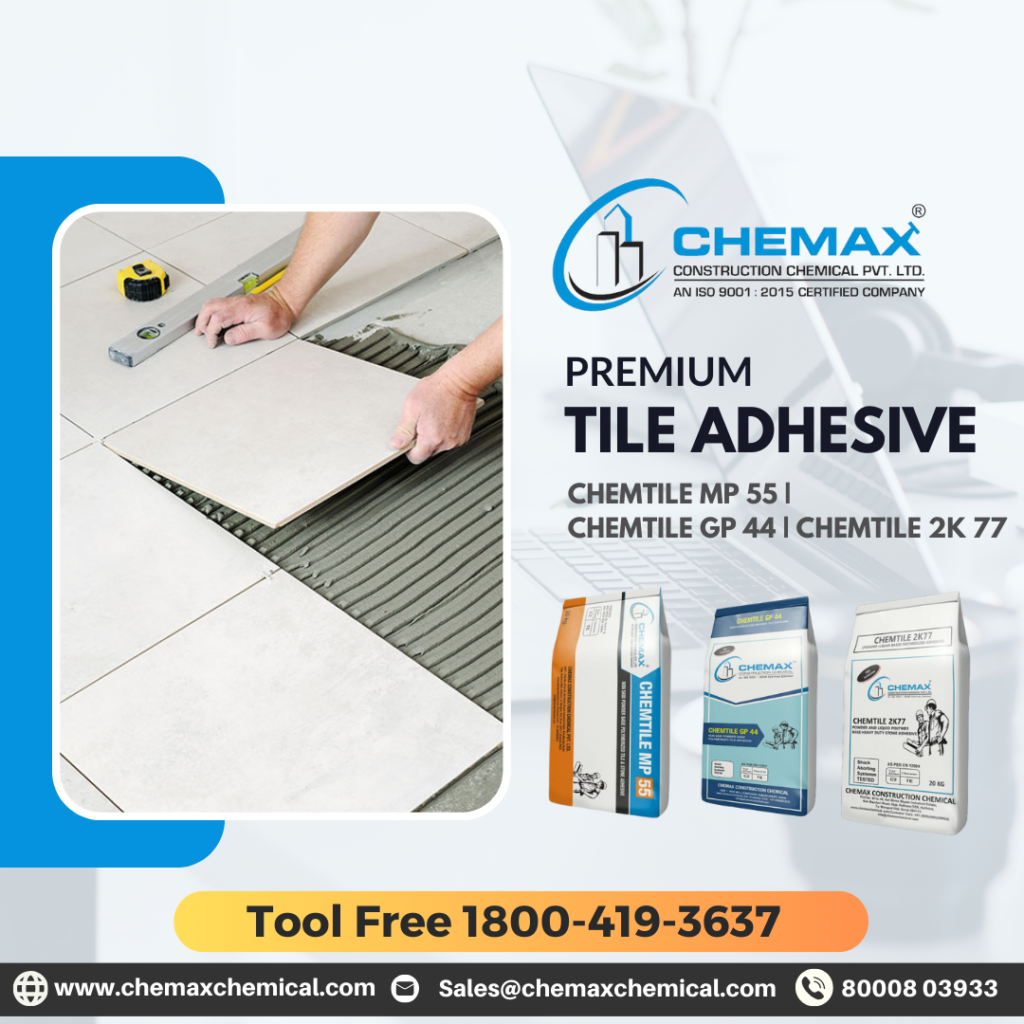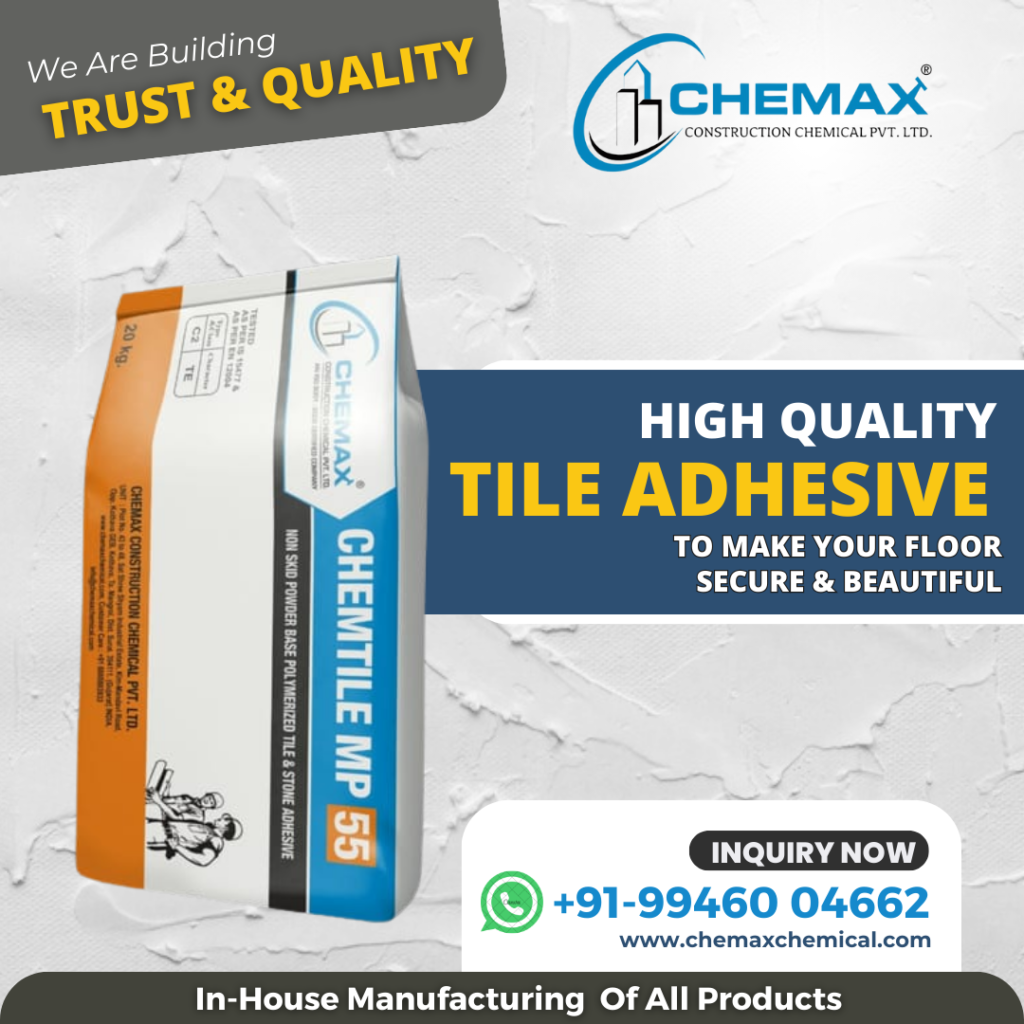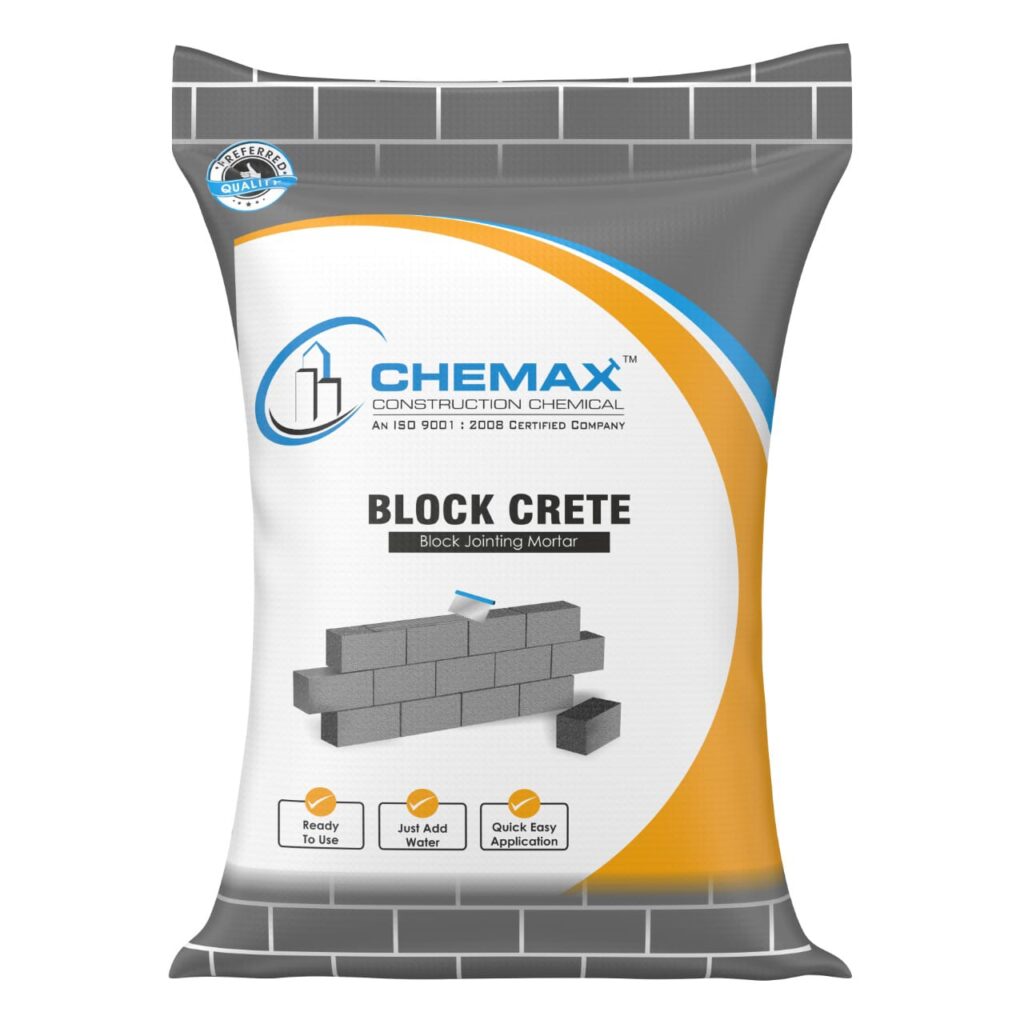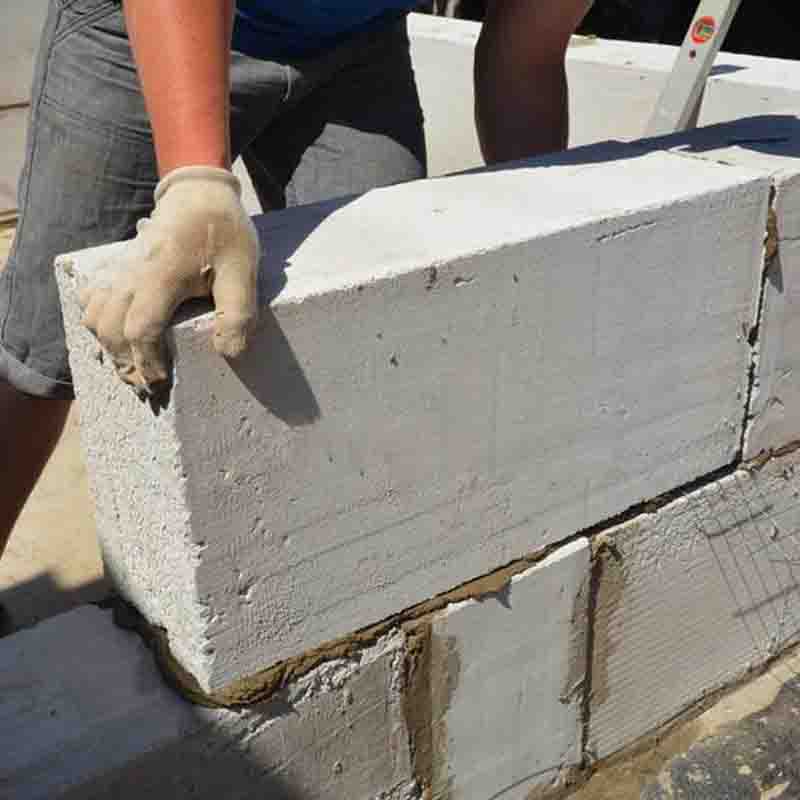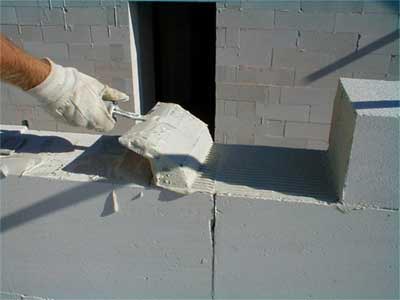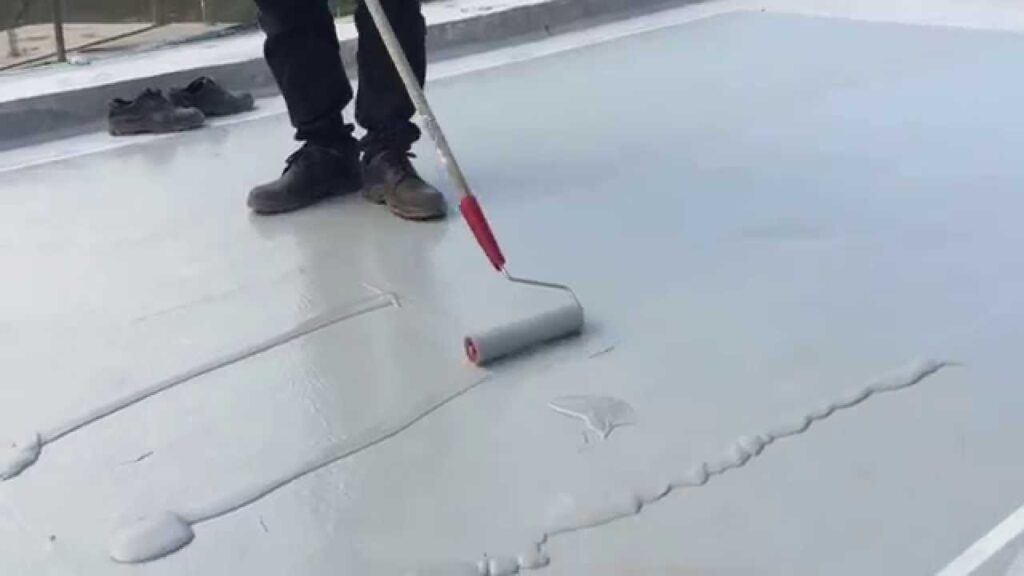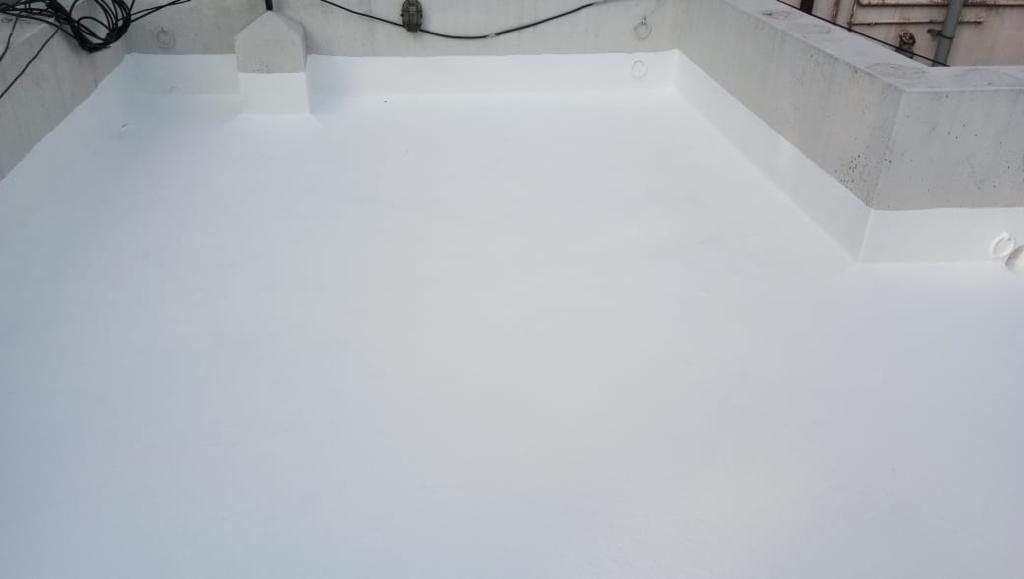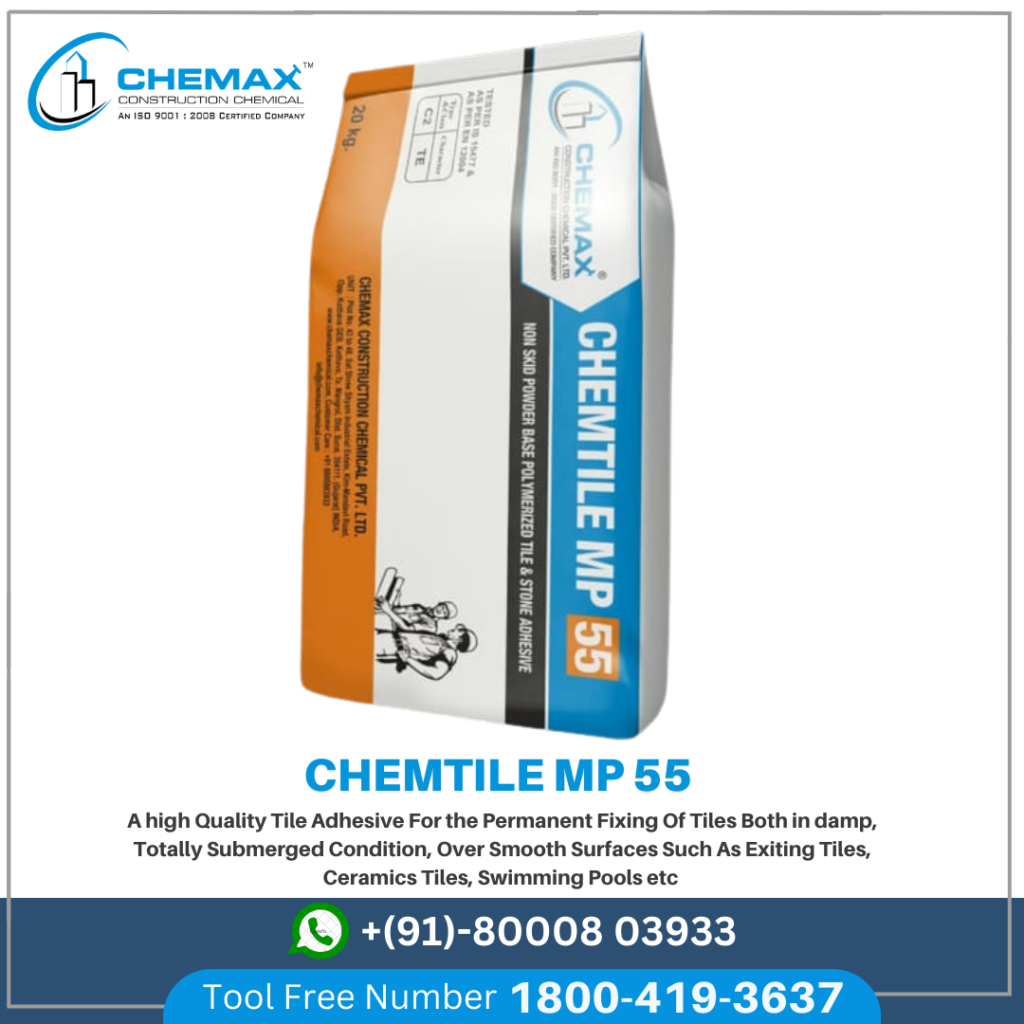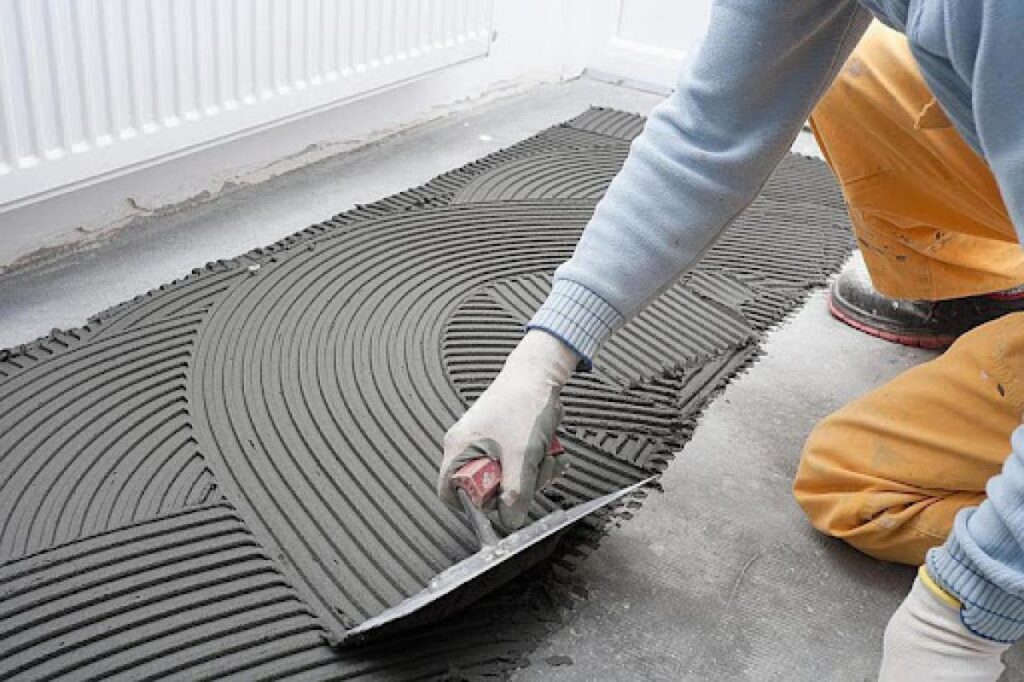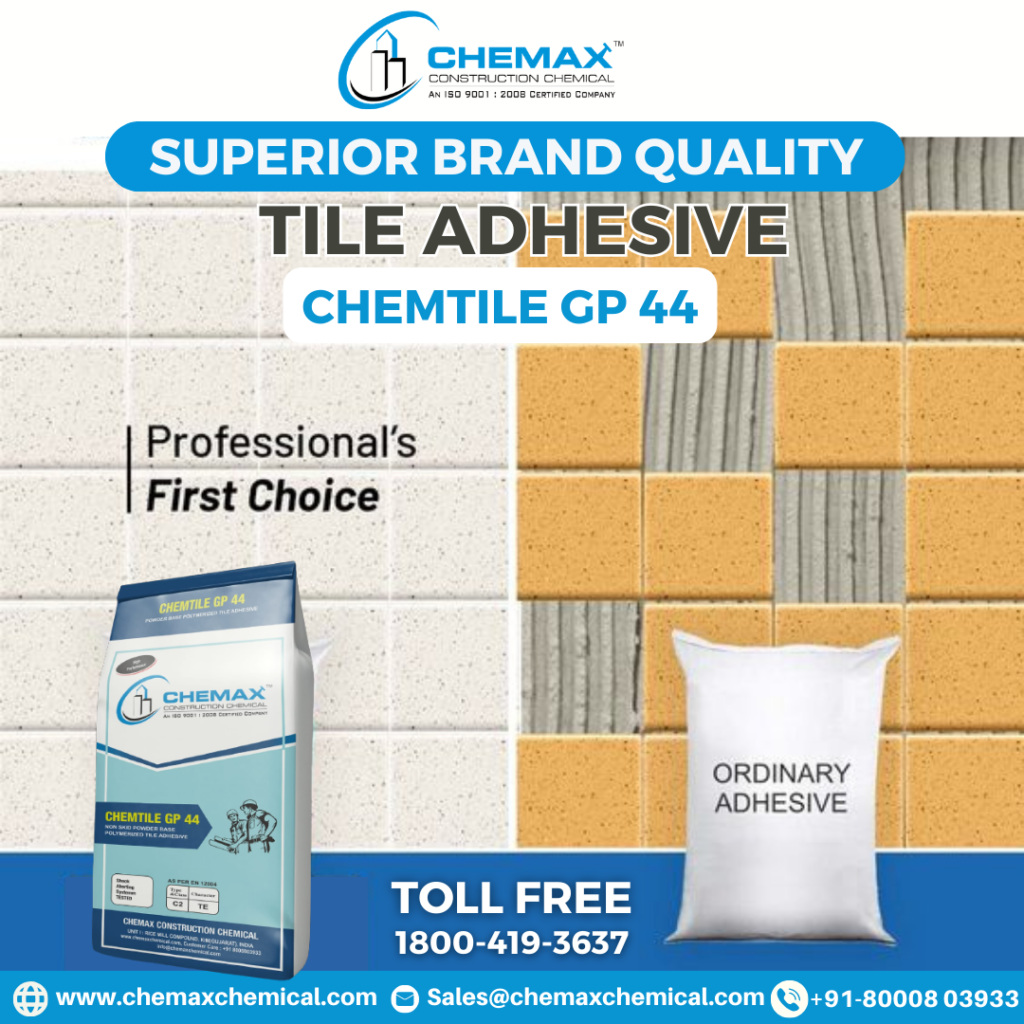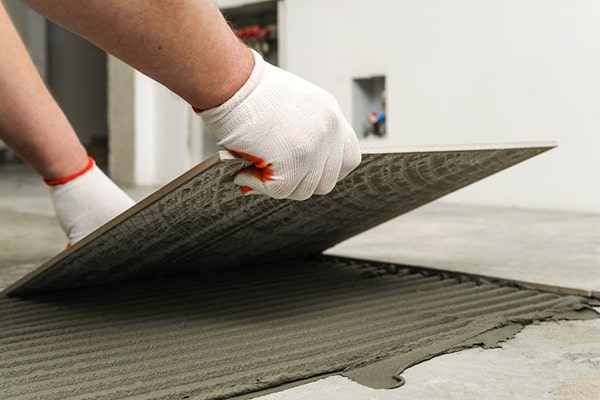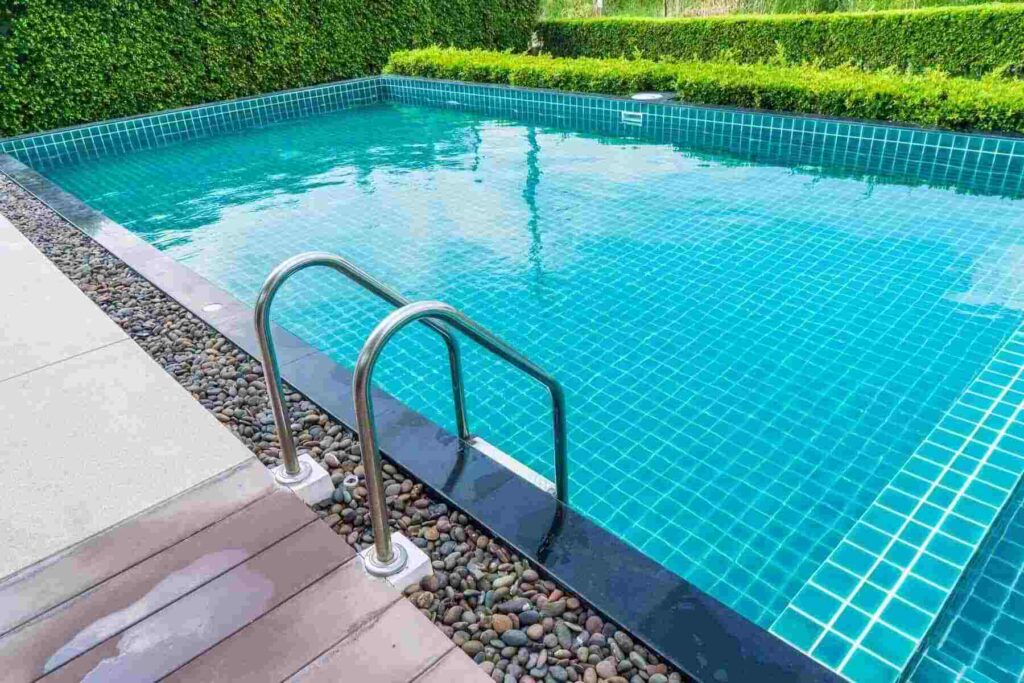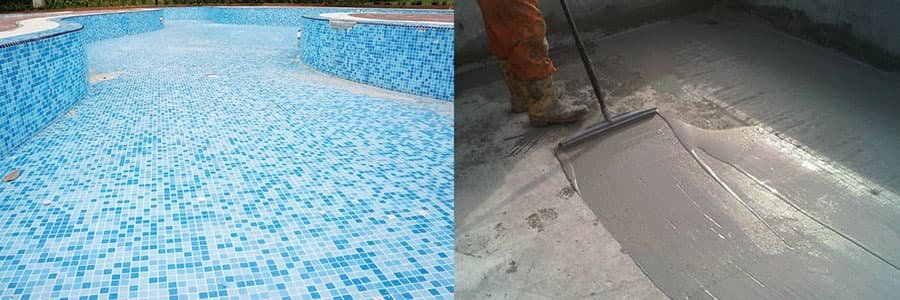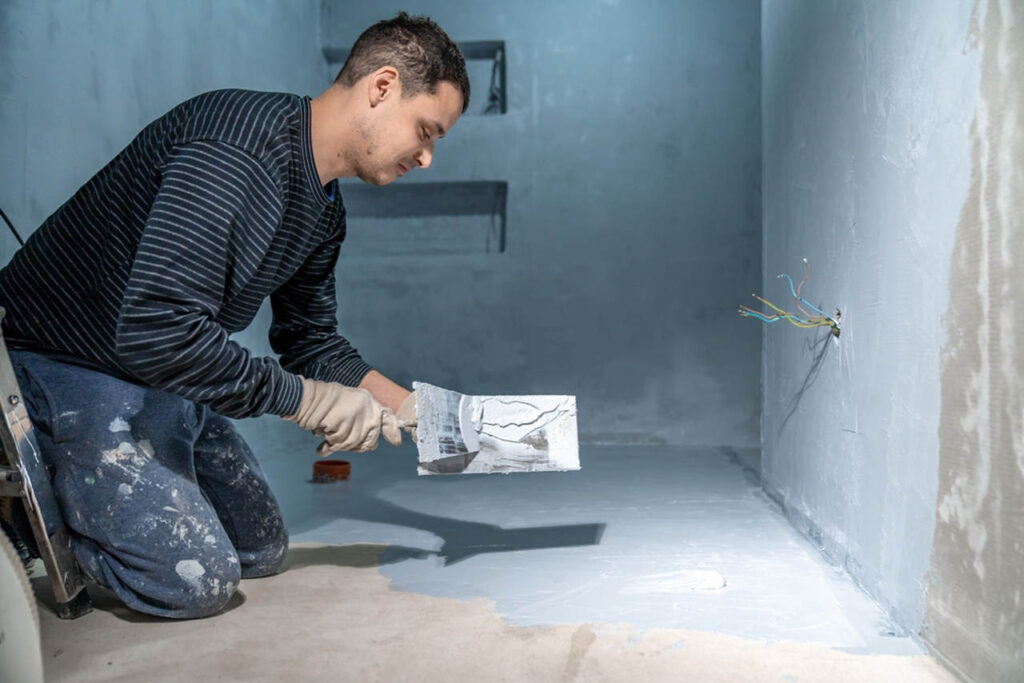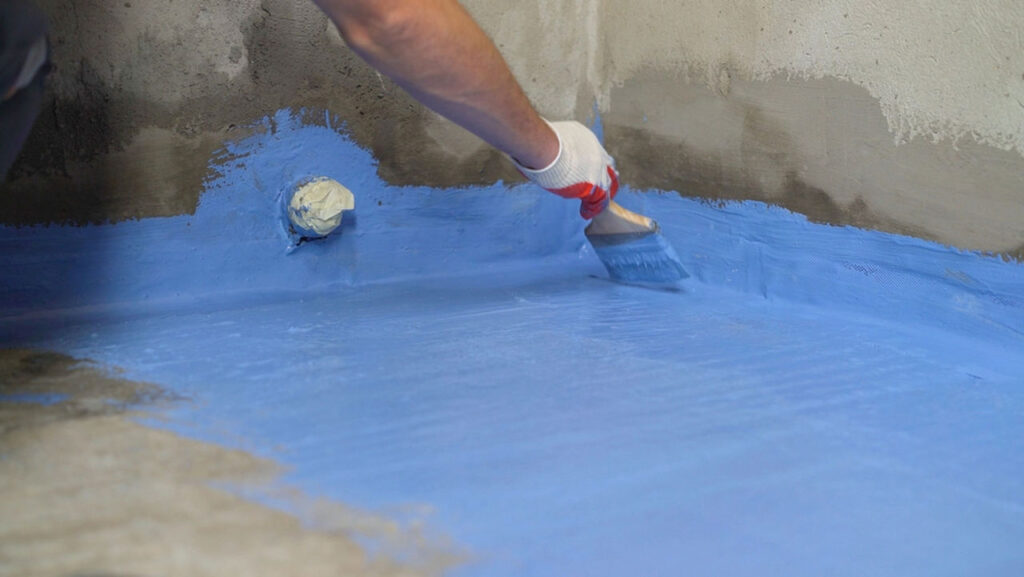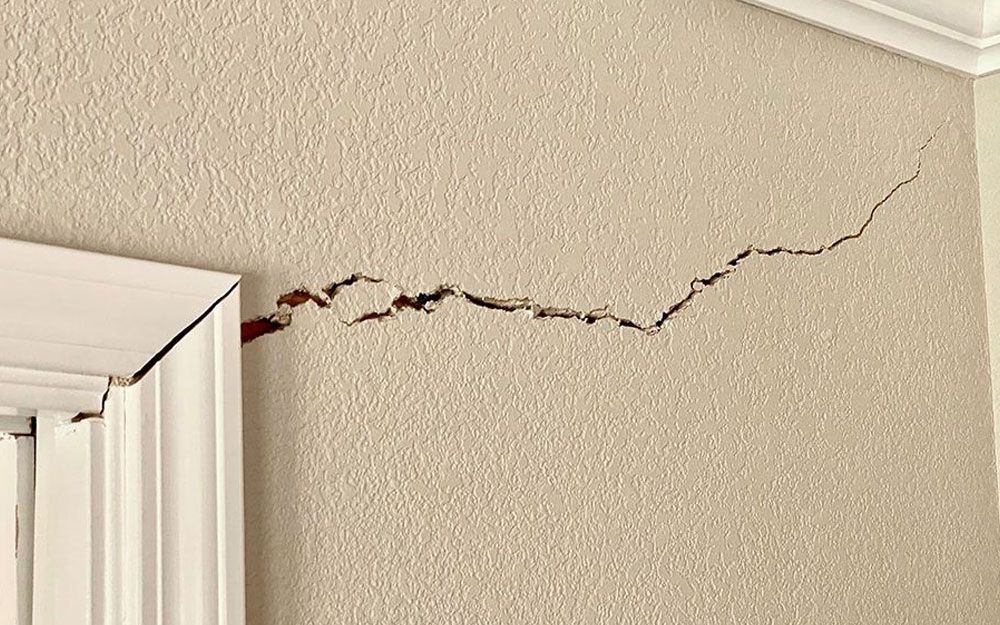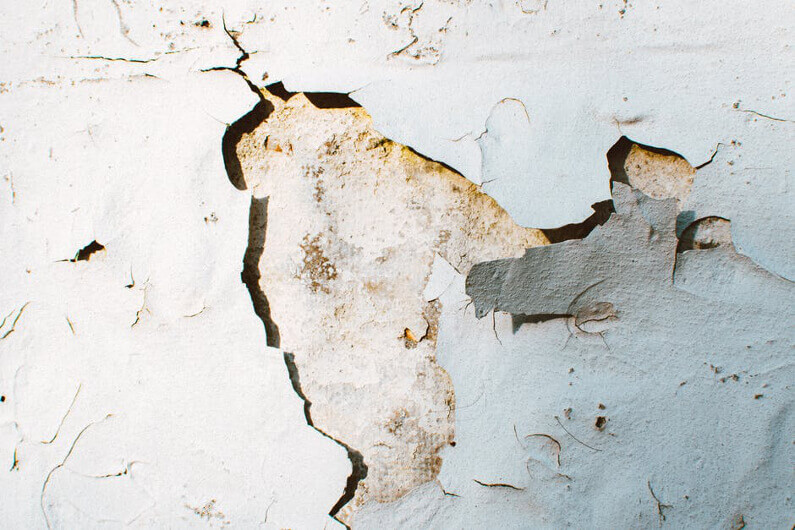THE BEST ALTERNATIVE TO STANDARD TILES AND GROUTS : EPOXY GROUT
Continue reading if you have fallen in love with a mosaic tile but are terrified of having to clean so much grout! Epoxy Grout is an alternative to regular grout that can reduce cleaning time and restore the original appearance of your mosaic feature tiles over time. It can be applied in a matter of months or years. Have we aroused your curiosity? Then let’s get down to business with epoxy grout ( Top Epoxy Grout Chemical Manufacturer) . Thus, first and foremost. What is grout, and how is epoxy grout different from ordinary grout for tile work? Traditional grout is made from a mixture that contains cement. It doesn’t repel water when wet; instead, it absorbs it. Grout absorbs stains so easily that anyone who has scrubbed it can attest to this. Conversely, epoxy grout is made by mixing epoxy resins with a filler powder. This largely makes it stain- and waterproof-resistant. It is ideal for splash backs, floors, and high-traffic areas due to its durability.
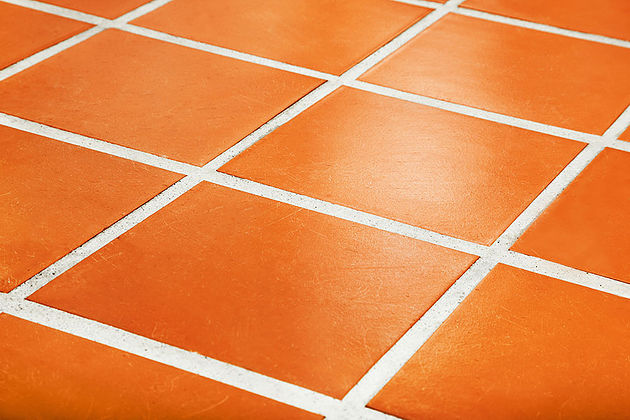
Because epoxy grout doesn’t shrink, crack, or change color, it’s a great material to use in damp spaces like showers. The Best Epoxy Grout is also resistant to strong chemicals found in cleaning supplies. Because epoxy grout is non-porous, it doesn’t need to be sealed like regular cement grout does. Reactive resin grouts, another name for epoxy grouts for bathroom tiles, have several benefits that make them useful for a number of uses. Because of its impermeable nature, epoxy is ideal for places like countertops, food processing facilities, and hospitals where hygienic conditions are crucial.
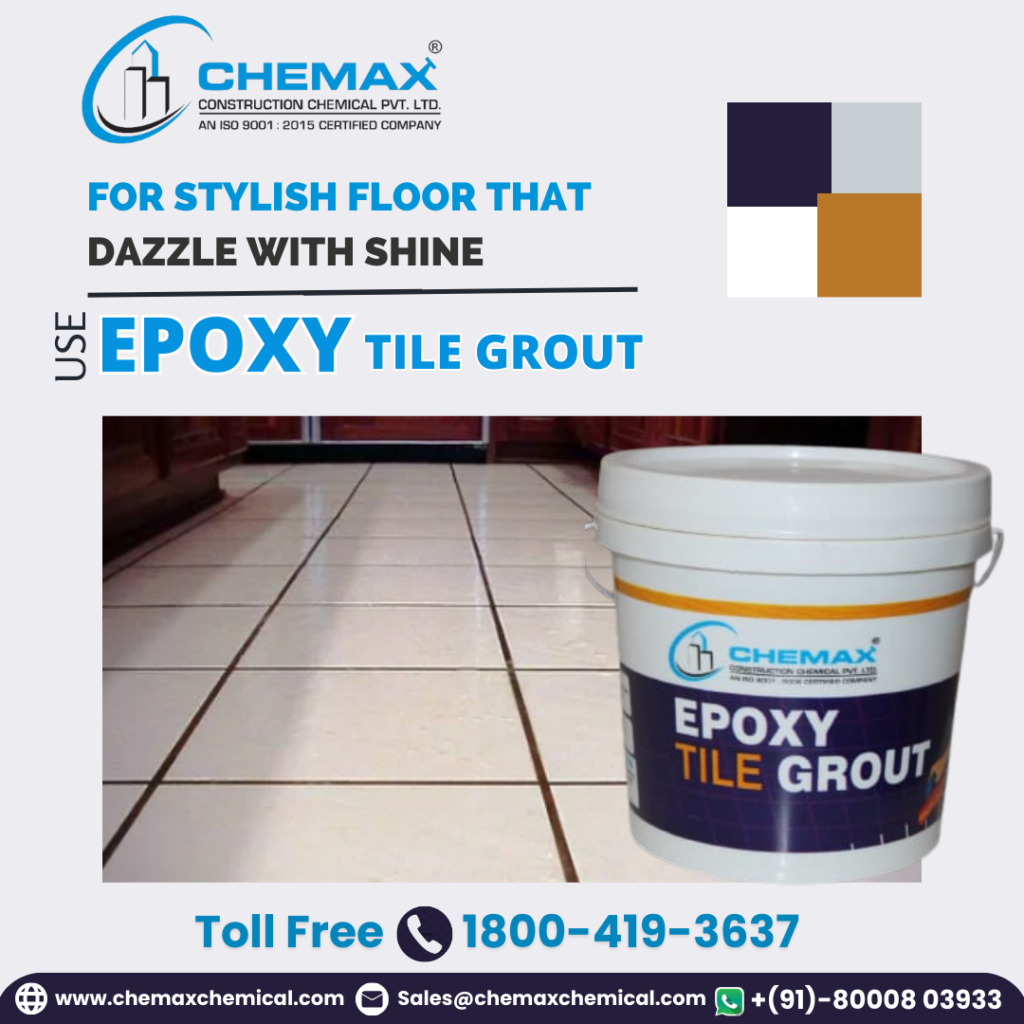
A robust barrier is created between the tiles by epoxy grout. The primary ingredients of this grout are epoxy grout for floor tiles and a filler material, which combine chemically to form the grout substance. This substance works well with non-porous tiles that prevent grout from penetrating into them, like porcelain or ceramic tiles. Stone and other porous tiles should not be grouted since the grout may seep through the tile and damage the surface. Because epoxy grout can discolor from prolonged exposure to sunlight and UV rays, it is best suited for indoor tiles and should not be used outdoors. Epoxy grout installation is a material that is durable, incredibly strong, and resistant to chemicals. Since it is non-porous, mold and mildew cannot develop on it. Because of this, epoxy grout is perfect for areas that are vulnerable to water damage, such as kitchens and bathrooms.
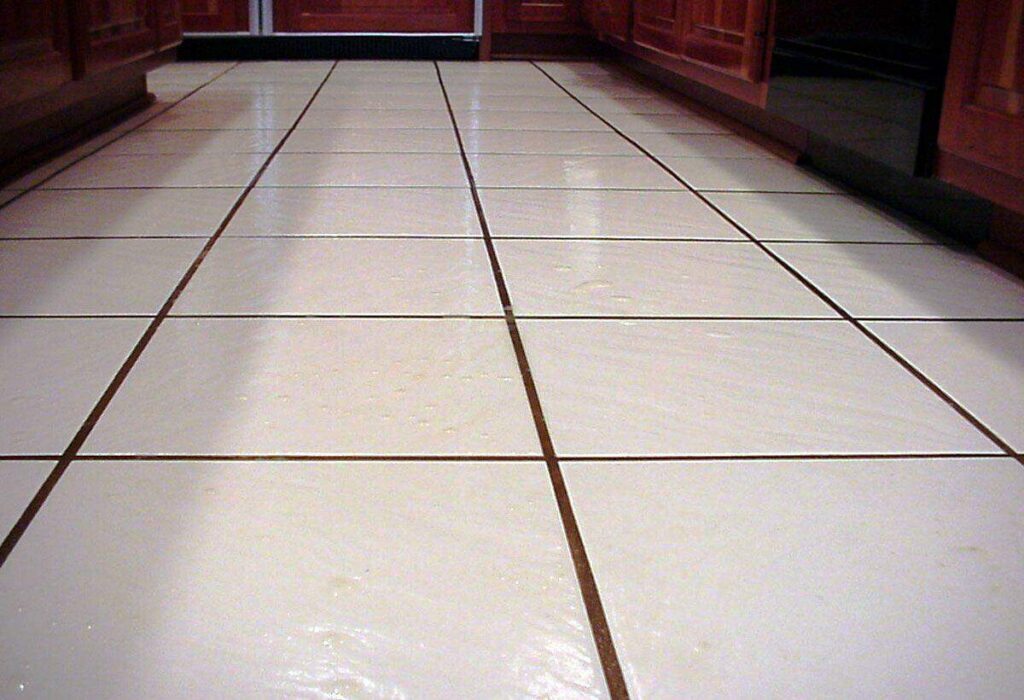
Epoxy grout is fast to clean, stain-resistant, and low maintenance. The ease of cleaning Epoxy Grout Manufacturer for bathroom floors with a damp cloth or sponge is its best feature. The fact that epoxy grout is available in a range of colors is another benefit. Select a color that goes with the tile color to create a clean, seamless look.




